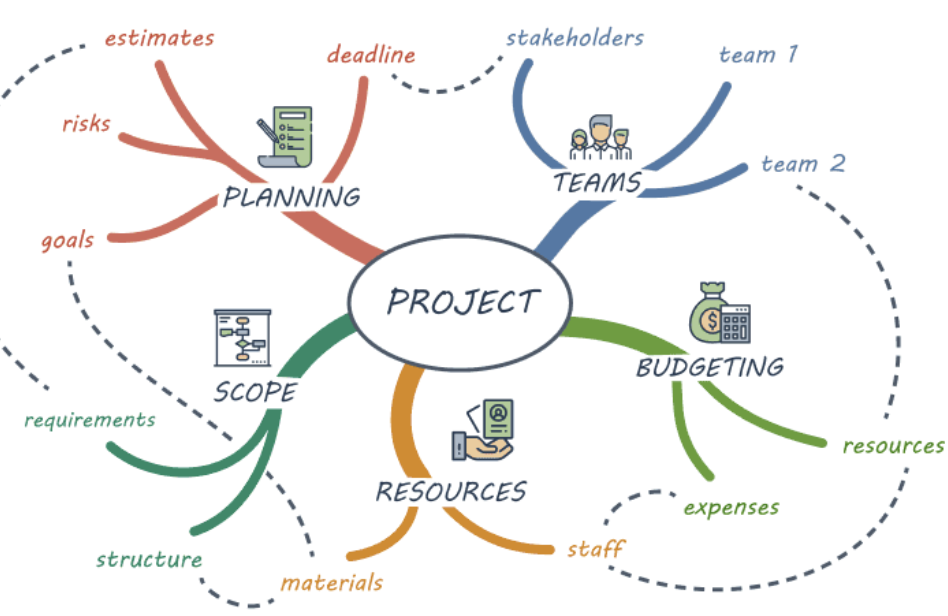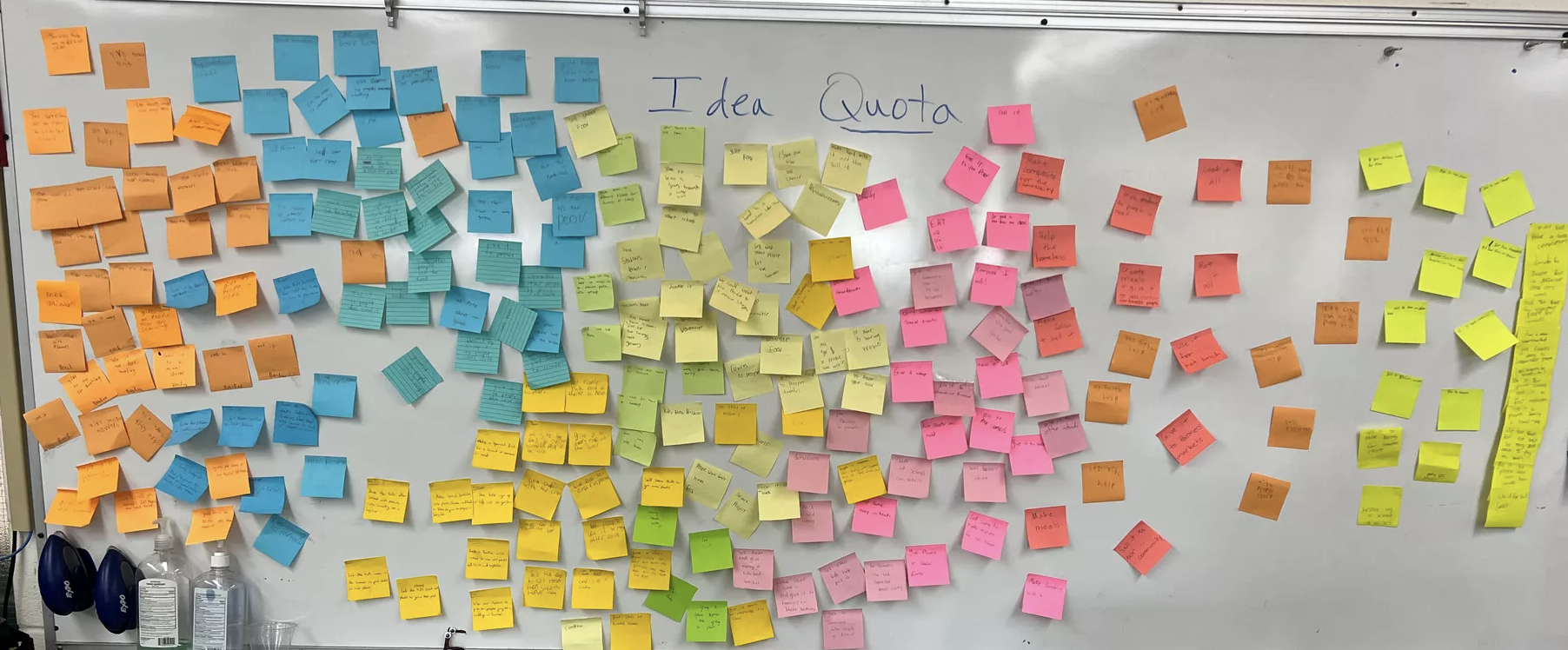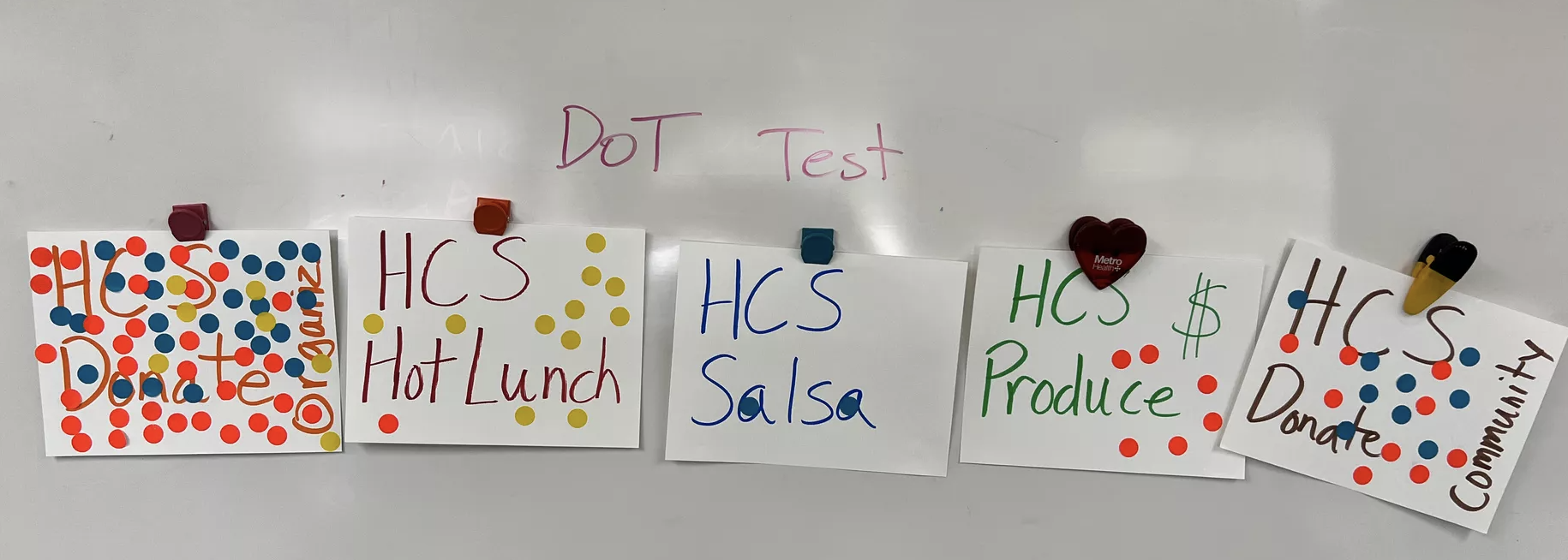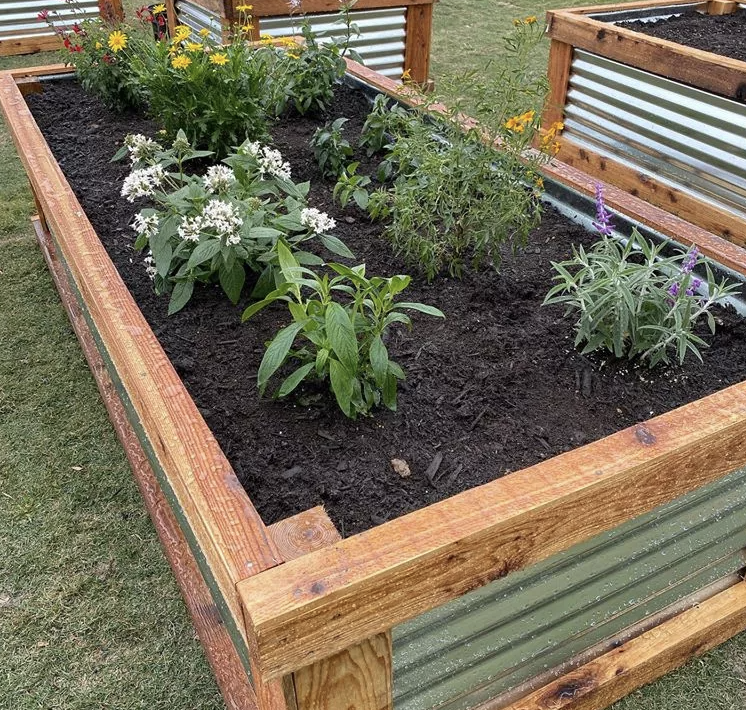Hudsonville Christian School Garden
By: Kevin Sills
By: Kevin Sills
Project at a Glance :
This project will be used to help 4th grade students generate ideas and come up with a plan for a school garden. It will involve what plants to put in the garden and how students can bless others with what is grown.
Driving Question:
How can we bless others with our veggies?
|
Standards:
|
Stakeholders:
Inquiry / Need to Knows:
|
Incubation:
|
|
Solution Building:
|
Authentic Audience:
|
Click here for teacher's full plan.
Reflection and Feedback:
|
Click here for teacher's Journey through PBL on Padlet . . .
|
Meet the Educator:
Kevin Sills is a 4th grade teacher at Hudsonville Christian School. He loves to take learning outside of the classroom and incorporates his passion for animals into many of his lessons. "Our school theme is “Challenging Minds and Lives for Christ”. I believe that PBL does an excellent job at providing students with this. Generating ideas and going through the PBL process is definitely a challenging process and allows students to dig a little deeper into their understanding of the world around them." |























